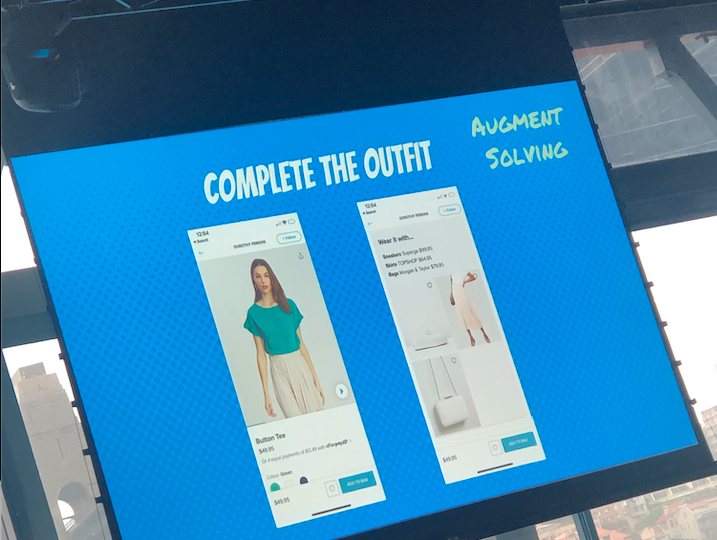Retail collapse in Australia: Tyranny of distance or lack of customer loyalty?
Retailers need to focus on the core offering of their products rather than peripherals, and adapt their business models to increasingly fickle and tech-savvy consumers, says a UNSW Business School professor.



